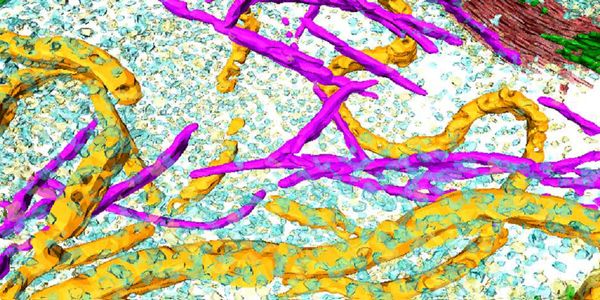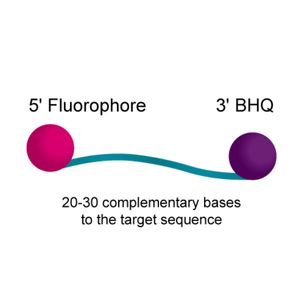Health & Medicine Webinars
Learn about the latest medical breakthroughs by participating in webinars on topics surrounding disease, prevention and treatment in accordance with the latest research in health and medicine. Updates encompass a biological, psychological and sociological understanding of health.
Show More
-
JUN 11, 2020 | 10:00 AMDATE: June 11, 2020 TIME: 10:00am PT, 1:00pm ET Correlative light and electron microscopy (CLEM) enables biological discoveries by merging different microscopes and imaging modalities to stu...
-
Exploring the gains and challenges of digitizing your laboratory data. Where to start and what to consider for your first steps in tomorrow's lab. A practical approach for you and your l...
JUN 09, 2020 | 10:00 AM
DATE: June 9, 2020 TIME: 10:00am PT, 1:00pm ET The presentation will first discuss sepsis as a disease and then explain the importance of performing diagnostic tests in the clinical labora...
JUN 09, 2020 | 6:00 AM
DATE: June 9, 2020 TIME: 6am PT, 9am ET, 3pm CEST The importance of disposable plastic consumables and their overall impact on the experimental workflow of qPCR has been taken into considera...
JUN 09, 2020 | 9:00 AM
DATE: June 9, 2020 TIME: 9am SGT, 10am JST, 11am AEST The use of LC-MS/MS technologies in Endocrinology for clinical research is experiencing rapid growth....
In 2019, over 220,000 Canadians will be diagnosed with cancer and 82,000 will die of the disease. Approximately 90% of cancer related deaths are the result of metastatic disease. This is ind...
Multiplex immunofluorescence IHC is a powerful technique to address the increasing research needs in immuno-oncology to better understand the tumor microenvironment. In this webinar, we will...
JUN 03, 2020 | 4:00 PM
The RNAscope in situ hybridization technology allows high sensitivity, specificity and spatial resolution providing pivotal single-cell gene expression information to gain better insights in...
Neoantigen based personalized immuno-oncology drugs are a relatively new therapeutic avenue that have shown strong anti-tumor efficacy in the clinic. Neoantigen peptides have been widely rep...



























































